Nikon’s mirrorless lens lineup is slowly but surely growing, but a good lens selection can’t rely on only first-party offerings. Other manufacturers matter greatly. The new Tamron 150-500mm is a welcome addition to the Z mount, with its long telephoto range, decent aperture, and compact size.
Fairly Compact, Yet Well Built
As mentioned above, the Tamron 150-500mm f/5-6.7 Di III VC VXD is not too big considering its focal range. It measures only 21 centimeters and weighs a very manageable 1,750 grams. The outer feel of the lens is what we’ve been used to from Tamron for a long time now. Just like in my review of the 35-150mm a month ago, I have to mention that although the body of the lens is plastic and easily scratched it does not feel cheap, nor fragile. This lens was built for work, and it shows.

The wide and rubberized zoom ring feels smooth and easy to operate. What I definitely enjoy is the fact it does not need to travel too far to go from 150 to 500 millimeters. Another great feature would be the “pull forward to tighten” one. It helps with keeping the focal length in the same position or mitigating some front element creeping while being carried on your back. But when I walked faster and the motions were a bit more pronounced, the front element would pull out, even when the white rim indicating the tighter setting was clearly visible. For these occasions, Tamron has luckily implemented a good old locking switch on the side of the lens to stop any kind of unwanted movements.
In terms of other controls and/or switches, we do get the traditional AF/MF clicker along with a three-position AF distance limiter allowing for full range, 10 meters to infinity, and a modifiable third option. The last switch on the body changes the way your focus ring operates. It offers either linear or non-linear travel. The last switch is a welcome one for someone who loathes non-linear focus-by-wire controls.
The entire body of the lens features multiple weather-sealed points to allow for harsh weather use — perfect for wildlife or motorsport use. One of the best features has to be the tripod collar. That on its own is a standard feature of larger and heavier lenses nowadays, but Arca-Swiss compatible ones are a dime a dozen. Tamron even went a bit further and included optional screws to avoid the collar from slipping out of the Arca clamp when loosened by accident. It's a small thing that does not mean much to many, but those who do appreciate it do so greatly! Me included.

Sharp Enough, But We Already Know That
We’ve seen this lens before. It has already been released for the Sony E mount as well as the Fujifilm X mount. The Fujifilm X mount is a smaller APS-C one, so it does not even utilize the lens to its full potential, but Sony users have been using its full image circle corner to corner even on high-resolution bodies like the a7R V or a1 with no issues. So, the 45-megapixel sensors in the Nikon Z9 or the Z8, which is what I used when testing this lens, had no issues whatsoever with the amount of detail rendered by the lens.
No, I’m not a wildlife shooter nor do I live near a wild animal hotspot. I live in central Prague and having a full-time job as well as being a dad, I do not have tons of time to go out and shoot. I imagine many photographers are in a similar situation to mine. But I did find the time to have a few days in our beautiful zoo with the lens and the Z8. And it did not disappoint. Whether I was shooting lazily chilling bison or a bunch of restless birds, it managed to work well, keep the subjects in focus for the most part, and even get me a solid bunch of keepers. We are creeping towards winter in the Northern Hemisphere, so the days are getting shorter and the Sun is sitting considerably lower in the sky. This meant quite a high amount of my subjects were backlit by the Sun. Luckily, the lens had no noticeable issues whatsoever. As long as the image was exposed correctly to allow for the dynamic range to be utilized to its full potential, the photographs came out with minimal loss of contrast, flaring, chromatic aberrations, or ghosting.
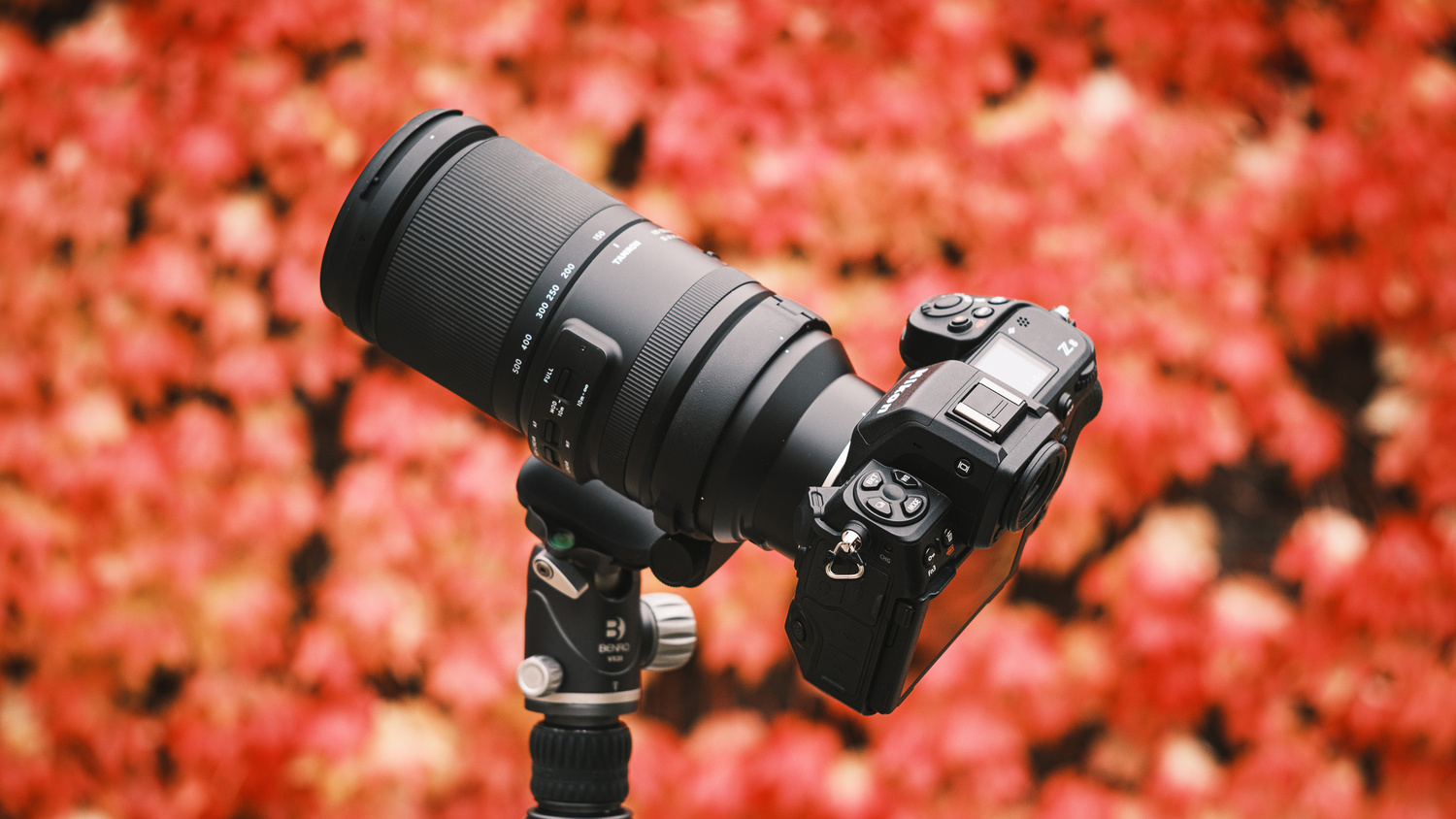
Sure, the aperture is not the brightest one but considering the focal range it is more than manageable. I was able to get decent shutter speeds even at 500 millimeters when I bumped my ISO values up into the four digits. What surprised me was how sharp the image was even wide open. What was even nicer was the fact the bokeh still looked pleasing even though the aperture only consisted of seven blades. It seems that making them rounded does indeed make a difference.
What I Liked
The size of the lens is hands down a benefit. It’s not as big or heavy as the well-known 150-600mm predecessors, which we’ve all known from the DSLR days. Sure, we lose 100 millimeters compared to those and a bit of light, but we do get a considerable size benefit. The way the lens handles is pleasing, easy to use, and unobtrusive. The simple zoom lock implemented into the ring works well for what it is made and if you need to be extra secure, you can always engage the traditional lock switch.
Image quality has to be uncompromising these days considering cameras offer more and more resolution and the Tamron 150-500mm delivers. The images rendered onto the sensor are sharp, free of aberrations, with great contrast, and undoubtedly print-worthy. That has to be the ultimate goal of a lens, no? To not distort what the photographer is seeing and to translate it to paper with the best possible accuracy.
I have mentioned it before, and I will do so again: the Arca-Swiss-compatible tripod collar is one of my favorite features of the lens. It’s a simple addition that makes life that much easier. And of course, I have to mention the moisture resistance. Nowadays a telephoto lens made for wildlife, sports, and/or motorsports simply should not exist without some form of sealing.

What I Disliked
There isn’t much I wasn’t a fan of when I used the lens, except for one thing. The plastic outer shell of the lens is firstly greatly susceptible to scratching, which can drive the value down pretty fast if you like to trade your gear in once it’s of no use for you. I work in a camera store, so I see nearly every single day when somebody tries to either return a lens or trade it in how the value drops with a single scratch. It is definitely something to consider. Do you use your lens to the maximum and not care what it looks like after serious use? Great! Do you care for your gear with a velvet pillow and white cotton gloves? Well, you might be sad when the inevitable happens.
I Can Only Recommend It
Apart from this, I truly do not see a disadvantage. Tamron has a good thing going with their new mirrorless lenses, and they know it. Competitively priced, well built, offering great image quality, and fast focusing thanks to the VXD ultrasonic drive, the “new” Tamron 150-500mm f/5-6.7 Di III VC VXD is a great choice for a photographer who’s not feeling like getting the considerably more expensive 180-600mm from Nikon.




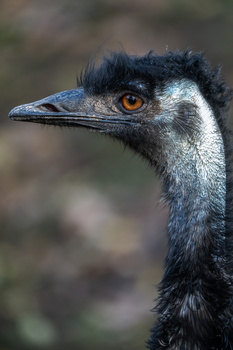
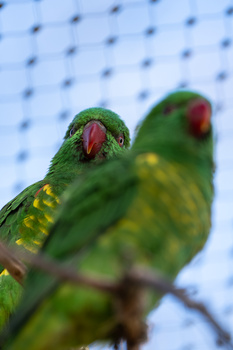
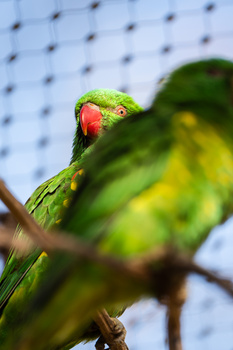
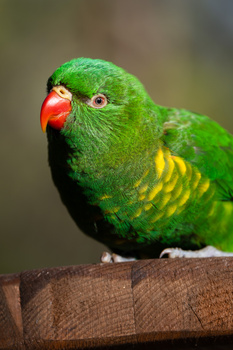














Ladies and Sirs, for making advertising use the b2b channels. This is the totally wrong place here.Maybe you damage your reputation by doing so.